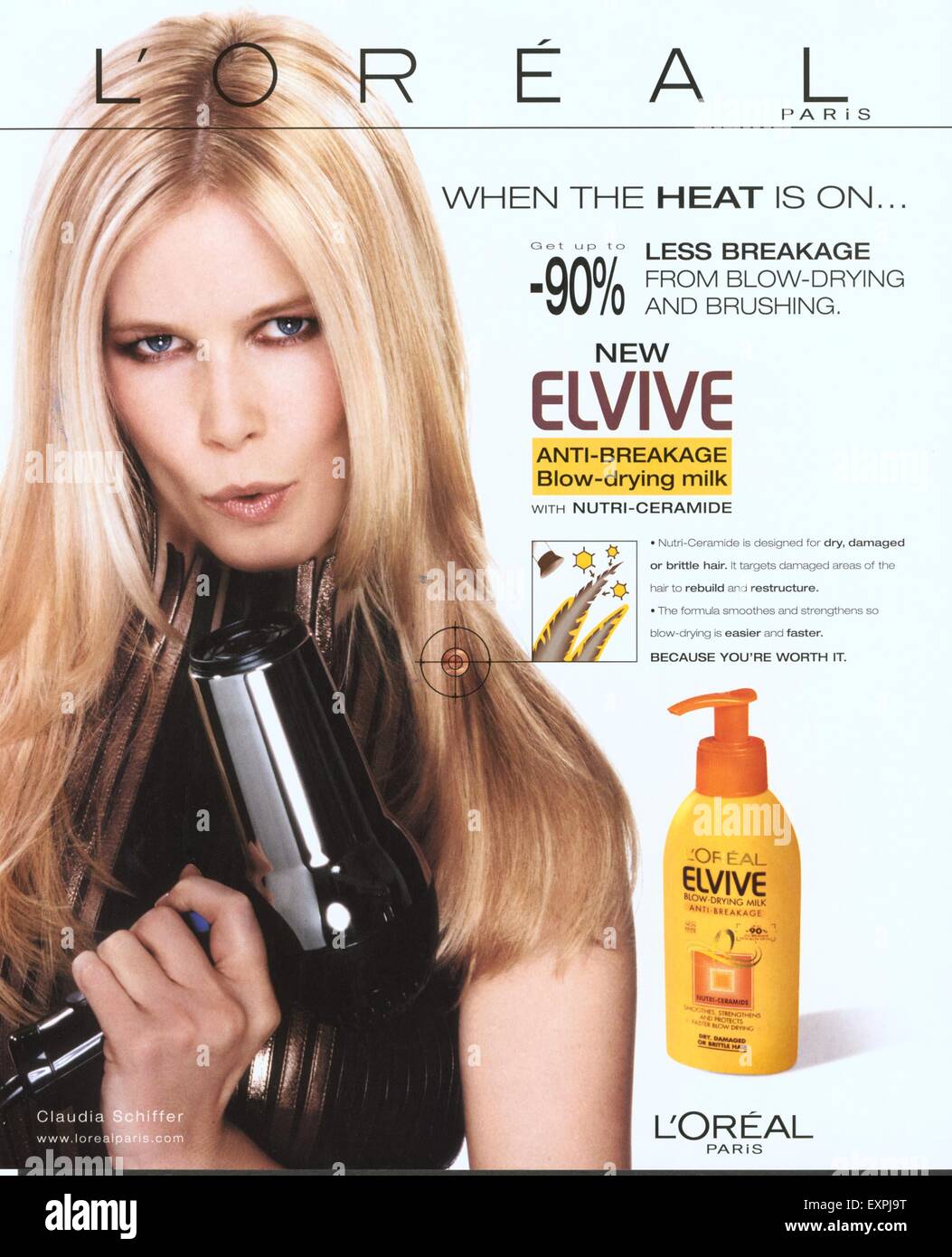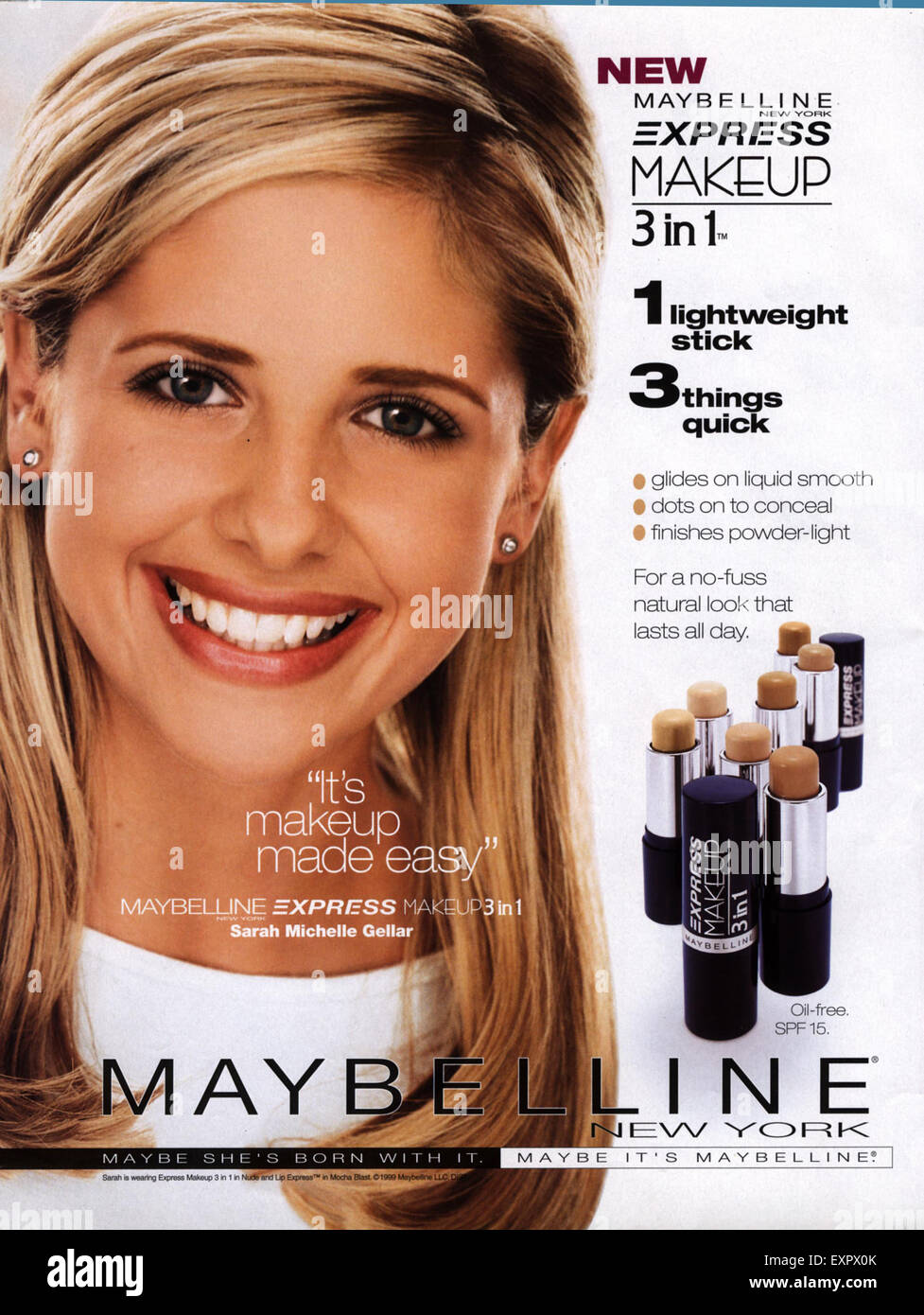1) What year was the advert produced?
1955
2) How were women represented in most adverts in the 1950s?
In the 1950s women where represented as domestic and housewife. they were seen as less superior to men.
3) How does the heading message ('OMO makes whites bright') and typography promote the product?
The link to the product as they have the same typography which links to the design.
4) Analyse the mise-en-scene in the advert (CLAMPS): how is costume, make-up and placement of the model used to suggest women's role in society?
She is wearing bright clothes and makeup which signifies women as being attractive. She is hanging clothes which shows domestication as there are props such as a clothe line.
5) Why is a picture of the product added to the bottom right of the advert?
The picture of the product is there as it is recognisable to the target audience
6) What are the connotations of the chosen colours in this advert?
The colour scheme connotes that the bright colours are like the product as it is vibrant this illustrates brand identity.
7) How does the anchorage text use persuasive language to encourage the audience to buy the product? Give examples.
The anchorage text is like a conversation between a child and their mother which signifies how effective the product is it reinforces the maternal stereotype.
8) What representation of women can be found in this OMO advert? Make specific reference to the advert and discuss stereotypes.
Women are represented as sedentary and domestic and also represent beauty as she is wearing red lipstick
9) What is the preferred reading for this advert - what did the producers of the advert want the audience to think in 1955?
The preferred reading is that women should buy this product to clean.
10) What is the oppositional reading for this advert - how might a modern audience respond to this text and the representation of women here?
The oppositional reading is that its sexist and both men and women should do house chores
1) How much do you think things have changed over the last 60 years with regards to representations of women in advertising? Give examples from a variety of adverts
In recent times the representation of women has become less domestic but is still sexualized and shown for beauty. Women are also in adverts that don't involve these 2 things.
2) Read this Guardian feature on possible law changes with regards to gender representations in advertising. Do you agree with this approach?
3) Now read this Guardian feature entitled 'Mad Men and invisible women'. Why does it suggest the advertising industry has 'failed to move on'? Do you agree? Read some of the comments below the article to get a range of differing views on this topic.
Tuesday, 10 March 2020
Gender representation in advertising: blog task
1) Find three adverts featuring women that are from the 1950s or 1960s. Save the images to your Media folder as jpegs and then import them into your blog post. Hint: You may wish to look at car, perfume or cleaning products but can use any product you wish.


 2) Find three adverts featuring women that are from post-2000. Save the images to your Media folder as jpegs and then import them into your blog post.
2) Find three adverts featuring women that are from post-2000. Save the images to your Media folder as jpegs and then import them into your blog post.



3) What stereotypes of women can you find in the 1950s and 1960s adverts? Give specific examples.
A stereotype was women where seen as domestic and as a housewife
As they are shown as beauty as they are wearing makeup
4) What stereotypes of women can you find in the post-2000s adverts? Give specific examples.
They were also shown as beauty and for products to do with hygiene and well being and they are also sexual
5) How do your findings suggest representations of gender have changed over the last 50 years?
Women are now more equal to men and are less subjected to housework but have become more sexualised in the modern age



3) What stereotypes of women can you find in the 1950s and 1960s adverts? Give specific examples.
A stereotype was women where seen as domestic and as a housewife
As they are shown as beauty as they are wearing makeup
4) What stereotypes of women can you find in the post-2000s adverts? Give specific examples.
They were also shown as beauty and for products to do with hygiene and well being and they are also sexual
5) How do your findings suggest representations of gender have changed over the last 50 years?
Women are now more equal to men and are less subjected to housework but have become more sexualised in the modern age
Subscribe to:
Comments (Atom)
Coursework: Statement of Intent
Daniel Statement of Intent S a s a s a S a s a s a S a s a s a S a s a s a S a s a s a S a s a s a S Introduction Horror film title: S...
-
Daniel Statement of Intent S a s a s a S a s a s a S a s a s a S a s a s a S a s a s a S a s a s a S Introduction Horror film title: S...
-
Representation 1) What political party does the Daily Mirror support? The Daily Mirror support the labour party 2) How does the Daily Mi...
-
1) Introduction to the subject and you 2) Key concepts (LIAR) and analysis of Film Poster 3) Denotation and Connotation: Advert analyse...